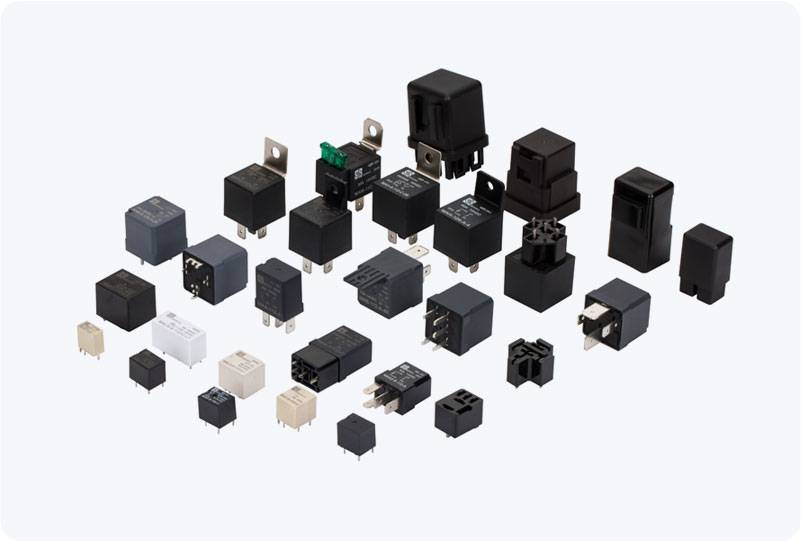A 24VDC power relay is an essential component in many electronic and electrical control systems, enabling efficient switching and control of higher power circuits. Operating on a 24V direct current (DC) voltage, these relays are widely used in industrial automation, home appliances, automotive systems, and security equipment, among other applications. This article explores the 24VDC power relay, its working principle, features, and its significance in modern electrical control systems.

What is a 24VDC Power Relay? A 24VDC power relay is an electromagnetic switch designed to control the flow of electricity through a circuit. It functions by using a 24VDC voltage to energize a coil within the relay, which generates a magnetic field that actuates the relay’s internal switch. This action either opens or closes the contact points (such as NO – normally open or NC – normally closed), allowing or stopping the current from flowing to a connected load. Relays like these are integral in controlling high-power devices without the need for direct manual intervention, making them essential in systems that require automatic or remote control.